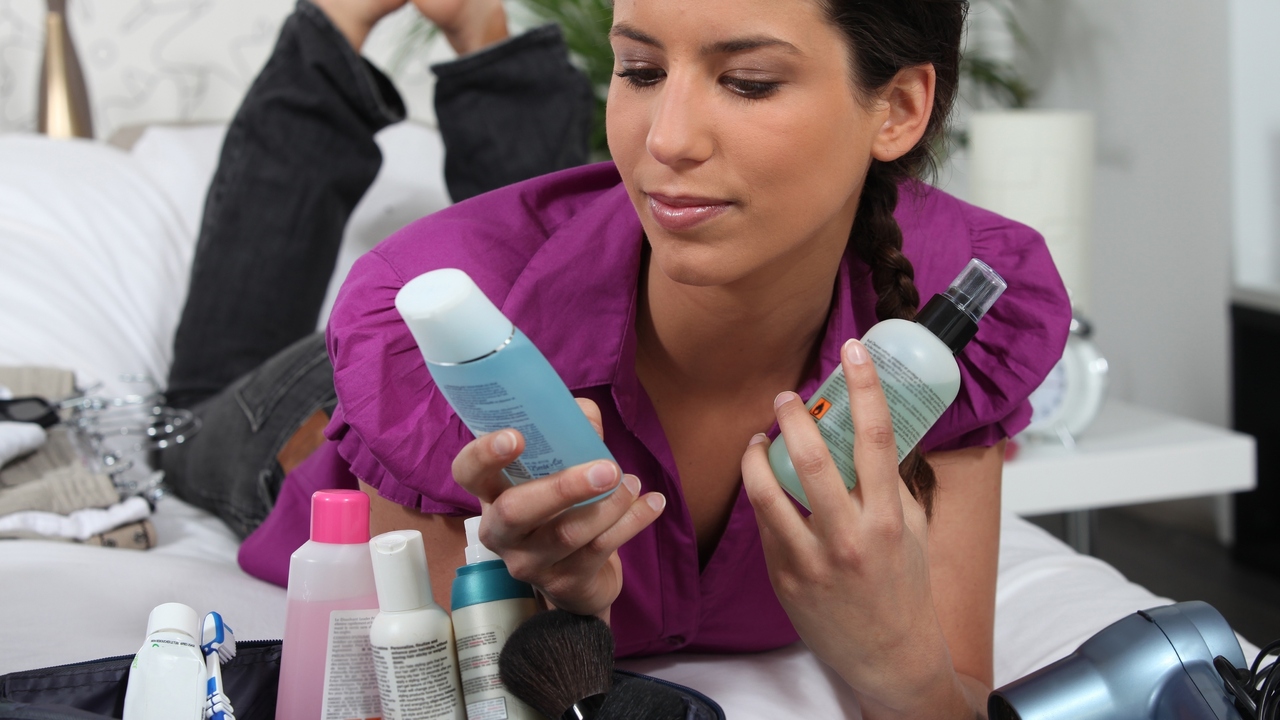 Auremar/PhotoSpin
Auremar/PhotoSpin
Let’s face it. Green-certified, eco-conscious, and environmentally friendly are in, and pollutants are out. Americans are working to re-evaluate how they wash their clothes, clean their houses, and care for their gardens. Even car manufacturers are working to have better gas mileage or go electric.
Have you looked into the products you apply to your face and skin every day? Read on for three tips on buying eco-friendly in the beauty aisles.
1) Do your research.
According to the FDA website, “Under the law, cosmetic products and ingredients do not need FDA premarket approval, with the exception of color additives.” As long as the ingredients have been deemed safe for customary use, are labeled appropriately, and the ingredients used do not cause the cosmetic to be adulterated or misbranded, then it's okay with the FDA.
This means that it is up to the consumer to read labels and understand what they are using to wash their hair, nourish their skin, and contour their cheeks.
2) Speaking of labels ...
The FDA has eight ingredients that it specifically bans for use in cosmetics, unlike the European Union which not only bans cosmetics tested on animals, but has over 1,000 ingredients on the “no usage” list.
Some examples of chemicals to watch for are propylparaben, sodium lauryl/laureth sulfate, phthalates such as DEP, triclosan, petrochemicals, polyethylene glycol (PEG), and synthetic fragrances. Do not be deceived by companies who use packaging and pictures that appear “green”. Fortunately, more and more companies state right on their packaging what ingredients have been specifically left out of their product for your health.
3) Start small.
Focus on what you use the most, or on what has the most contact with your body. Going eco-friendly can often be more expensive. Start with your body and face lotion as those are used daily over larger surface area instead of something like an eye liner that you use sporadically on a small area.
Look for sulfate-free shampoos and conditioners as many companies are offering this option now. Then move through your topicals such as foundation, blush, concealer, eye shadows, nail polish and more. These same suggestions apply to your whole family to help them avoid chemical exposure over time.
Even if you choose not to make these changes for the environment, consider doing it for your health and the health of your family!
Sources:
1) Environmental Working Group. (no date). Myths on Cosmetic Safety.
http://www.ewg.org/skindeep/myths-on-cosmetics-safety
2) European Commission. (2015). Cosmetics.
http://ec.europa.eu/growth/sectors/cosmetics/index_en.htm
3) U.S. Food and Drug Administration. (2013). FDA Authority Over Cosmetics.
http://www.fda.gov/Cosmetics/GuidanceRegulation/LawsRegulations/ucm074162.htm
Reviewed April 29, 2015
by Michele Blacksberg RN
Edited by Jody Smith





Add a CommentComments
There are no comments yet. Be the first one and get the conversation started!